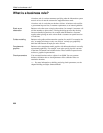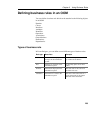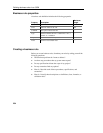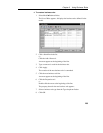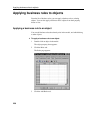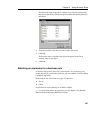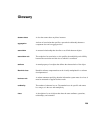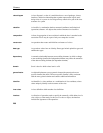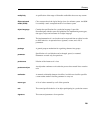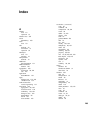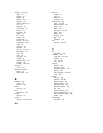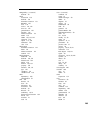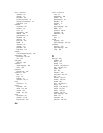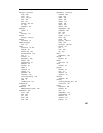
Glossary
260
A class diagram is a view of a model that shows a set of packages, classes,
interfaces, and their relationships that together represent the logical static
design view of a system. A class diagram may contain all or part of the class
structure of a system
A classifier is a mechanism that has structural (attributes) and behavioral
(operations) features. All objects that can have instances are classifiers
A form of aggregation of an association in which the class is attached to the
association role is may be a part of only one composite at a time
An operation that creates and initializes an instance of a class
A type whose values have no identity. Data types include primitive types and
enumeration types
A semantic relationship between two modeling elements, in which a change
to one modeling element (the independent element) may affect the semantics
of the other modeling element (the dependent element)
Set of values for which a data item is valid
A relationship between a more general element (the parent) and a more
specific element (the child). The more specific element is fully consistent
with the more general element and contains additional information
An identifier is a class attribute, or a combination of class attributes, whose
values uniquely identify each occurrence of the class
A class definition within another class definition
A collection of operations used to specify the externally visible behavior of a
class, object, or other entity. In the case of a class or object, the interface
includes the signatures of the operations
class diagram
classifier
composition
constructor
data type
dependency
domain
generalization
identifier
inner class
interface



